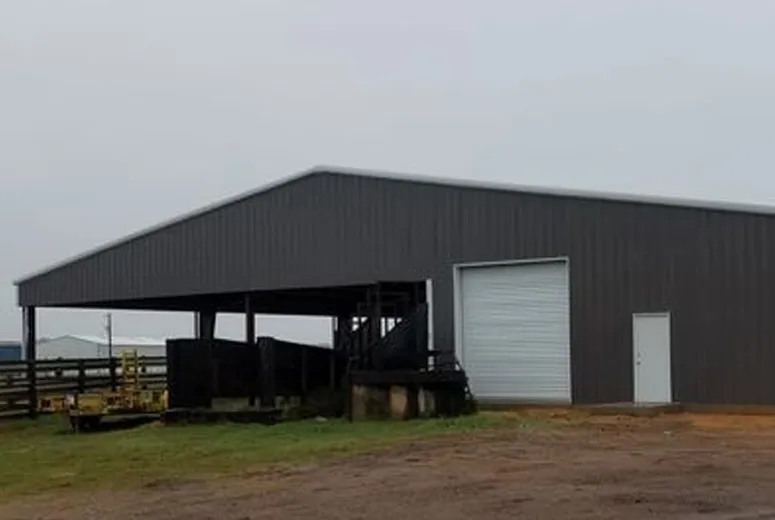- Afrikaans
- Albanian
- Amharic
- Arabic
- Armenian
- Azerbaijani
- Basque
- Belarusian
- Bengali
- Bosnian
- Bulgarian
- Catalan
- Cebuano
- Corsican
- Croatian
- Czech
- Danish
- Dutch
- English
- Esperanto
- Estonian
- Finnish
- French
- Frisian
- Galician
- Georgian
- German
- Greek
- Gujarati
- Haitian Creole
- hausa
- hawaiian
- Hebrew
- Hindi
- Miao
- Hungarian
- Icelandic
- igbo
- Indonesian
- irish
- Italian
- Japanese
- Javanese
- Kannada
- kazakh
- Khmer
- Rwandese
- Korean
- Kurdish
- Kyrgyz
- Lao
- Latin
- Latvian
- Lithuanian
- Luxembourgish
- Macedonian
- Malgashi
- Malay
- Malayalam
- Maltese
- Maori
- Marathi
- Mongolian
- Myanmar
- Nepali
- Norwegian
- Norwegian
- Occitan
- Pashto
- Persian
- Polish
- Portuguese
- Punjabi
- Romanian
- Russian
- Samoan
- Scottish Gaelic
- Serbian
- Sesotho
- Shona
- Sindhi
- Sinhala
- Slovak
- Slovenian
- Somali
- Spanish
- Sundanese
- Swahili
- Swedish
- Tagalog
- Tajik
- Tamil
- Tatar
- Telugu
- Thai
- Turkish
- Turkmen
- Ukrainian
- Urdu
- Uighur
- Uzbek
- Vietnamese
- Welsh
- Bantu
- Yiddish
- Yoruba
- Zulu
ඔක්. . 06, 2024 11:01 Back to list
Steel Truss Design for Warehouses
In modern construction, the use of steel trusses has become a prominent choice for warehouses due to their structural integrity, durability, and cost-effectiveness. Steel trusses offer an efficient solution for creating large, open spaces that are essential in warehouse design, facilitating better storage, logistics, and operational flow. This article delves into the key aspects of steel truss design specifically tailored for warehouse applications.
What is a Steel Truss?
A steel truss is a structural framework comprising triangular units. These units work together to distribute loads across the structure effectively, allowing for long spans without the need for interior support columns. This design maximizes usable floor space, an essential feature for warehouses that often accommodate extensive shelving and handling equipment.
Design Considerations
When designing a steel truss for a warehouse, several critical factors need to be considered
1. Load Requirements Warehouses need to accommodate various loads, including static loads from stored materials and dynamic loads from equipment operations. Understanding these load requirements helps determine the appropriate type and configuration of the truss.
2. Span Length The length of the span significantly influences the truss design. Steel trusses can efficiently span distances ranging from 20 to over 100 feet, eliminating the need for intrusive columns. The choice of span length influences material usage and overall structural integrity.
3. Common Types of Trusses - Pratt Truss Characterized by diagonal members that slope towards the center, this truss is well-suited for warehouse applications where vertical loads are predominant. - Howe Truss Featuring diagonal members that slope away from the center, this design is efficient for resisting both compression and tension forces, making it ideal for various loading conditions. - Fink Truss Known for its lightweight construction, the Fink truss is great for shorter spans and is often utilized in roof designs of warehouses where a lightweight solution is preferred.
4. Material Selection The type of steel used in truss construction plays a vital role in its performance. High-strength steel can reduce the amount of material needed, optimizing cost and weight while maintaining performance standards.
steel truss design for warehouse

5. Connection Details The design of connections between truss members is crucial for structural integrity and ease of assembly. Utilizing bolted or welded connections must consider the potential for ease of future modifications.
Benefits of Steel Trusses in Warehouses
The implementation of steel trusses in warehouse design presents several advantages
- Open Space Steel trusses create vast, uninterrupted spaces that facilitate efficient material storage and movement, essential for high-volume logistics operations.
- High Load Capacity The strength-to-weight ratio of steel makes it possible to support heavy loads while keeping the structural framework lightweight, minimizing foundation requirements and costs.
- Design Flexibility Steel trusses allow for versatile designs, accommodating various building shapes and sizes. This flexibility is particularly beneficial for warehouses that may need to adapt over time as business needs change.
- Cost-Effectiveness Despite the initial investment in steel, the longevity and reduced maintenance costs, combined with faster construction timelines, often result in overall cost savings.
- Sustainability Steel is a recyclable material, and modern warehouses are increasingly designed with sustainability in mind. The use of steel trusses aligns with green building practices, reducing the carbon footprint of construction.
Conclusion
In summary, the design of steel trusses for warehouses serves as a critical component in the development of modern storage facilities. With their ability to provide large open spaces, high load capacities, and design flexibility, steel trusses are well-suited to meet the demanding requirements of contemporary warehouses. By carefully considering factors such as load requirements, span lengths, and material selection, architects and engineers can create efficient and durable structures that optimize functionality and performance in today’s fast-paced logistics landscape. As the industry continues to evolve, the role of steel trusses will undoubtedly remain at the forefront of warehouse design innovations.
-
Cold Formed Steel Residential Framing
NewsMay.21,2025
-
Innovative Steel Structure Building Solutions
NewsMay.19,2025
-
Innovative Prefab Metal Shed Solutions
NewsMay.19,2025
-
Durable Steel Horse Shelter Solutions
NewsMay.19,2025
-
Durable Metal Shed Solutions
NewsMay.19,2025
-
Durable Big Metal Shed Solutions
NewsMay.19,2025
Products categories
Our Latest News
We have a professional design team and an excellent production and construction team.












